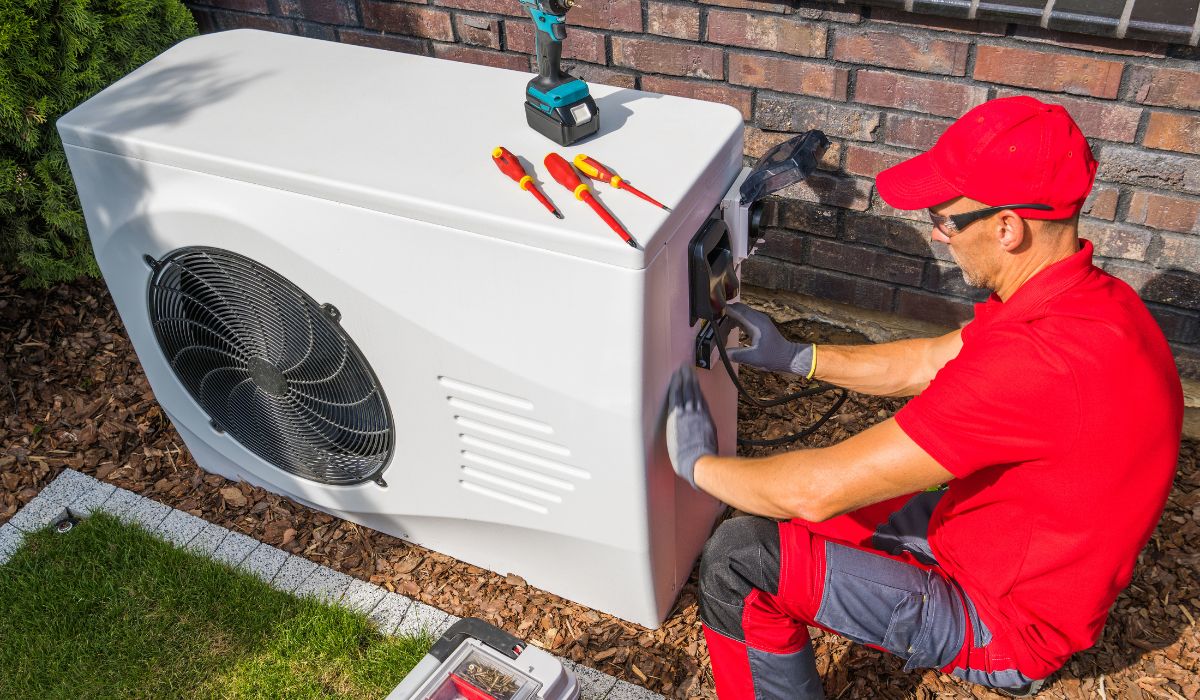Home Energy Tax Credits and Rebates That Can Save You Money

Did you know the IRS offers credits and rebates for improving the energy efficiency of your home? That means you could reduce the income tax you owe and maybe even qualify for a 50-100% rebate for energy-efficient improvements to your home.
Residential Clean Energy Credit
What expenses qualify?
Expenses that may qualify include central air conditioners, water heaters, furnaces, heat pumps, biomass stoves and boilers, home energy audits, as well as exterior doors, windows, skylights and insulation materials. It’s important to note that these expenses have to meet certain energy efficiency requirements to qualify. Learn more here.
How much can I claim?
The amount of credit you can take for 2023 – 2032 is 30%, but there are caps.
The limit for improvements like energy-efficient insulation and exterior doors and windows will be an annual limit of $1200.
There is a limit of $2000 for property improvements like heat pumps, heat pump water heaters, and biomass systems and boilers.
There are also varying limits for the different upgrades and items covered under this credit, which you can view in detail here. Here are some examples of those item-specific limits:
- The max annual credit limit for a central air conditioner is $600.
- The max annual credit limit for exterior windows is also $600.
- The max annual limit for an exterior door is $250, with a total annual limit for doors of $500.
- There is also a $150 credit permitted for a home energy audit.
Fun Fact: There is no longer a lifetime limit for this credit. There used to be a lifetime limit of $500, but great news for homeowners: the Inflation Reduction Act that passed in 2022 changed that.
Learn more about the Energy Efficient Home Improvement Credit here.
Energy Efficient Home Energy Credit
The nonbusiness energy credit became the energy-efficient home energy credit in tax year 2023. The credit is now worth 30% of expenditures, and the lifetime limit is gone.
What expenses qualify?
Expenses that may qualify include solar, wind and geothermal power generation, solar water heaters, fuel cells, and battery storage.
The improvements or replacements generally have to meet certain efficiency or energy standards as well.
How much can I claim?
The amount of the credit you can take is a percentage of the total improvement expenses in the year of installation:
- 2022 to 2032: 30%, no annual maximum or lifetime limit
- 2033: 26%, no annual maximum or lifetime limit
- 2034: 22%, no annual maximum or lifetime limit
Learn more about the Residental Clean Energy Credit here.
Rebates for low- to moderate-income households
The High Efficiency Electric Home Rebate Act (HEEHRA) was passed as part of the Inflation Reduction Act. If a household has less than 80% of the Area Median Income (AMI), the household may qualify for 100% rebates. If a household has 80-150% of AMI, they may qualify for 50% rebates.
These rebates are for use in a primary residence for improving energy efficiency and may include wiring and appliances, as well as many of the improvements covered by the tax credits mentioned above.
NOTE: You won’t be able to double dip, using the tax credit and the rebate for the same expenditures.
Final Tax Tip
Don’t go out and spend money on home improvements just because you may get credits or rebates. Do your research and the math to make sure the investment makes sense for you.